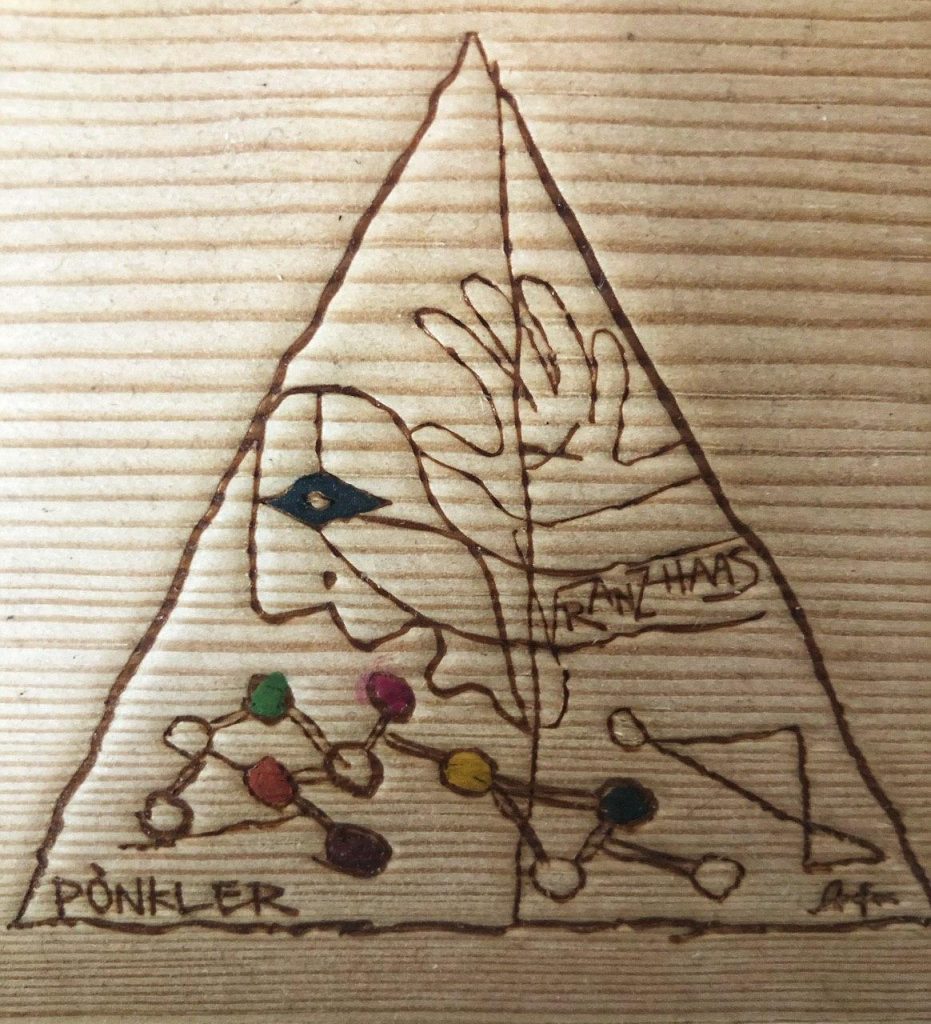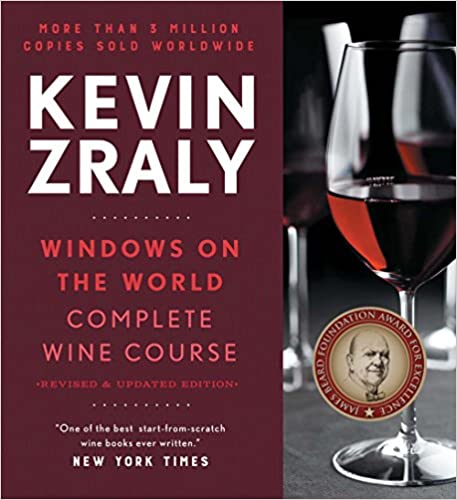Windows on the World Complete Wine Course
In the clear, engaging style that has made this comprehensive book a national and international favorite for more than three decades, Kevin Zraly&;America's ultimate wine educator and the creator of the Windows on the World Wine School&;demystifies every aspect of wine: from grape varieties and their flavors, different types and styles of wines, and how they&;re produced, to the latest winemaking developments, how to read a wine label, and the physiology of smell and taste. Covering the world of wine from the renowned reds of Bordeaux and California to the cutting-edge whites of Washington State and New Zealand, this essential volume features lush new photographs, a wealth of enlightening infographics, clear maps of each region, guided tastings, the best 500 wines in the world under $30, and hundreds of labels to help you identify wines worth tasting. Completing this must-have guide are notes on food pairings, frequently asked questions, a directory of resources, and a glossary of select terms. This newly revised and expanded 2017 edition introduces a fresh new interior design, the latest vintages to savor, and much more for beginners and experts alike. The Windows on the World Complete Wine Course will give you all the tools you need to discover and enjoy the perfect wines for you.
More info →Il linguaggio del vino
In che senso un vino profuma di ciliegia e riesco a comprendermi con il mio compagno di degustazione? Il termine “ciliegia” usato durante una degustazione possiede lo stesso significato di quando viene utilizzato nel linguaggio ordinario, oppure è implicitamente sottoposto a degli slittamenti e a delle riformulazioni? Il linguaggio della degustazione è insomma una semplice porzione del linguaggio ordinario, o è qualcosa di diverso? Non solo: cosa ci raccontano le etichette, le retro-etichette e le altre forme di comunicazione del produttore? Cosa significano termini ampiamente utilizzati come “terroir”, “minerale”, “industriale” e “naturale”? Con il suo linguaggio liminale, il vino esprime quel senso altro e ulteriore che ci permette di uscire dalla banalità, dall’insignificanza, dall’indifferenza, per riuscire a significare l’indicibile: un talento unico e inarrivabile. Alla pari del cinema, del teatro e di qualsiasi produzione culturale, il vino possiede, in realtà, un linguaggio proprio, attraverso il quale ci racconta storie, politiche, ideologie, sentimenti e interi sistemi culturali. “Il linguaggio del vino” è un testo che analizza in maniera rigorosa ma leggera la lingua della più grande bevanda mai creata dall’uomo.
More info →Beyond Flavour
Beyond Flavour is a practical guide to blind wine tasting which will help wine lovers increase their knowledge and improve their blind tasting skills. The book offers detailed descriptions of the key attributes of major grape varieties and wine producing regions, and argues that assessing a wine's structure - acid structure in white wines and tannin structure in red wines - is a more reliable indicator of a wine's identity than the traditional reliance on flavour. Beyond Flavour includes analysis of wine style by country and region; descriptions of recent vintages for classic European origins; and tips for blind tasting exams. Beyond Flavour is an indispensable guide to blind wine tasting for wine students, professionals and others seriously interested in understanding why wines taste like they do.
More info →Climats et lieux-dits des grands vignobles de Bourgogne
2 000 ans d'Histoire des Grands Vignobles de Bourgogne, dont le morcellement en multiples parcelles, que l'on appelle Climats et lieux-dits, constitue l'originalité ! 2 000 ans d'Histoire du travail des hommes qui ont su tirer parti de l'extrême diversité des conditions géographiques et climatiques pour créer une exceptionnelle mosaïque de Crus hiérarchisés et mondialement réputés ! Cette histoire est racontée pour la première fois de façon exhaustive par les cartes détaillées des 35 communes viticoles et par l'explication de l'origine et de la signification des noms des 1 463 Climats et lieux-dits ! "En Bourgogne, quand on parle de climat, on ne lève pas les yeux au ciel, on les baisse sur la terre", dit joliment Bernard Pivot.
Les noms des climats de Bourgogne ont fait le tour de monde : Clos de Vougeot, Montrachet, Corton, Vosne-Romanée, etc. Ils sont inscrits au patrimoine mondial de l'humanité en 2015. Ce livre leur est entièrement consacré. Il lève le voile sur leur origine et leur signification et permet de mieux connaître l'histoire et les modes de vie des hommes qui, depuis plus de 2 000 ans, les ont façonné.
Par leur travail et leur intelligence des lieux, ils ont fait de cette terre un vignoble d'exception.
More info →
